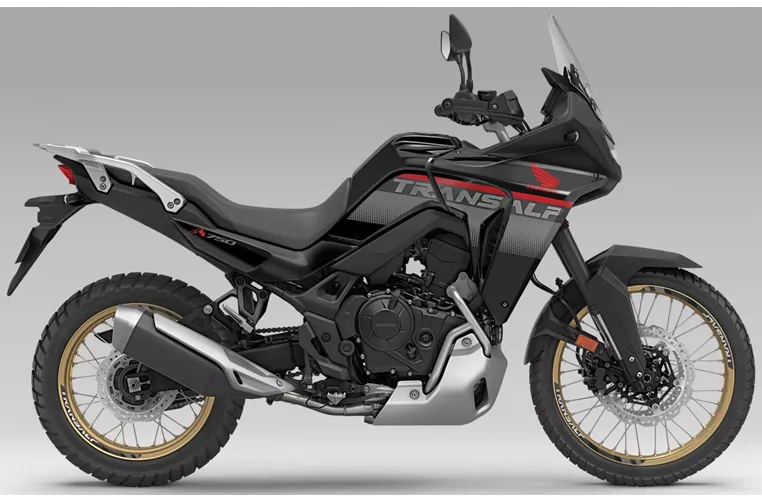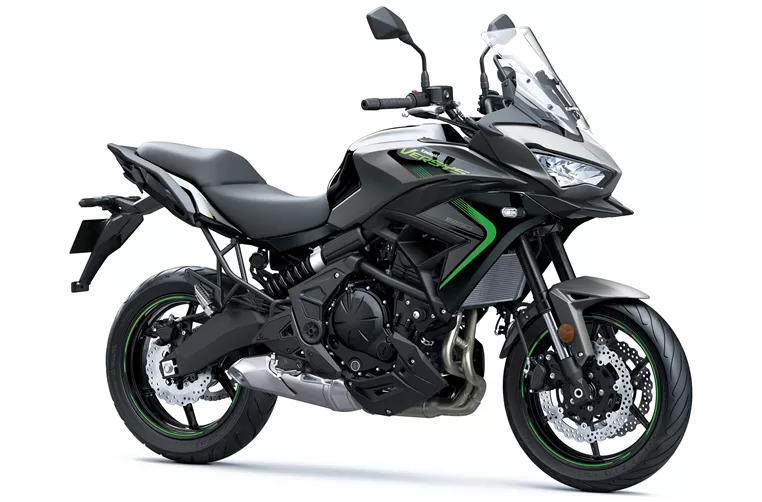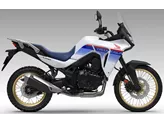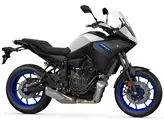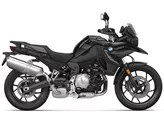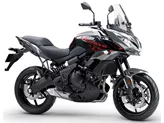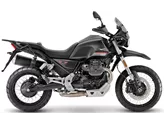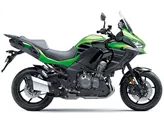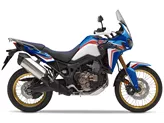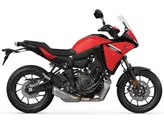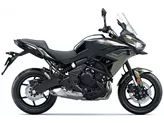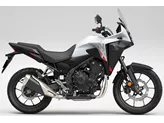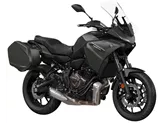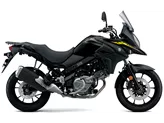Honda XL750 Transalp 2025 vs. Kawasaki Versys 650 2025
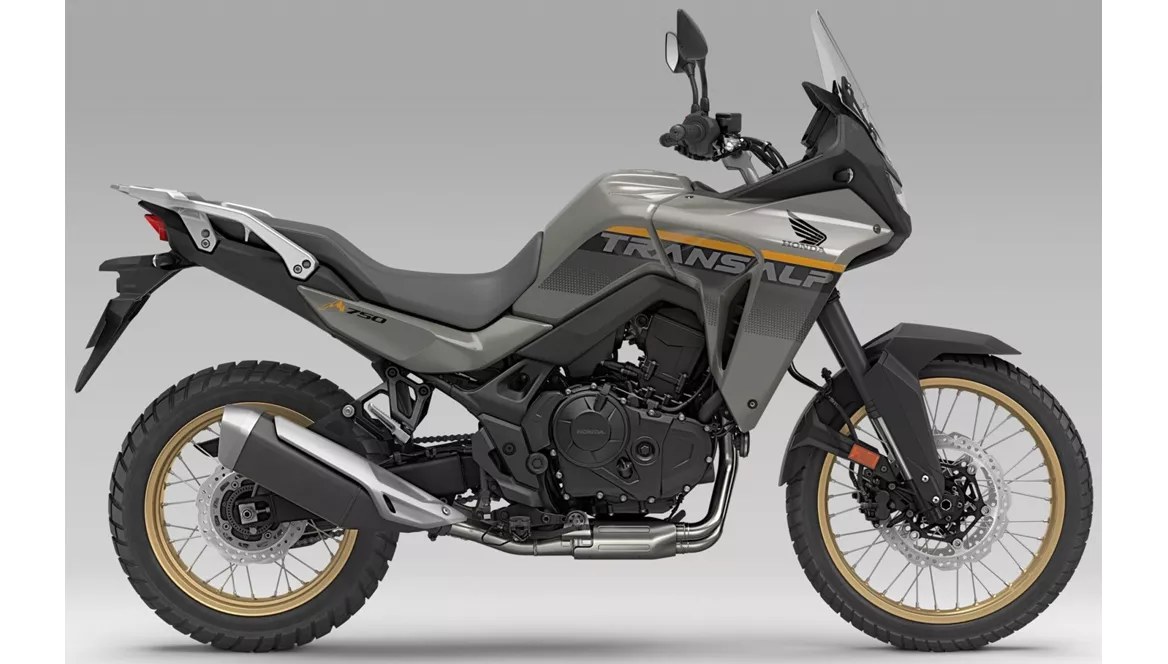
Honda XL750 Transalp 2025
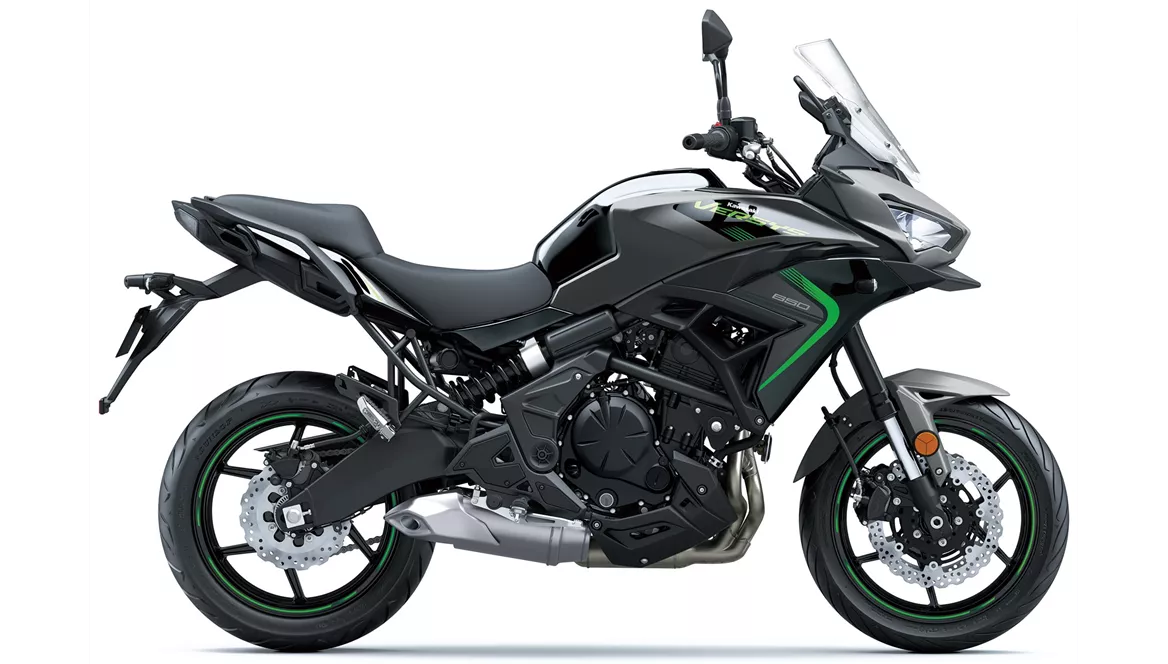
Kawasaki Versys 650 2025
Overview - Honda XL750 Transalp 2025 vs Kawasaki Versys 650 2025
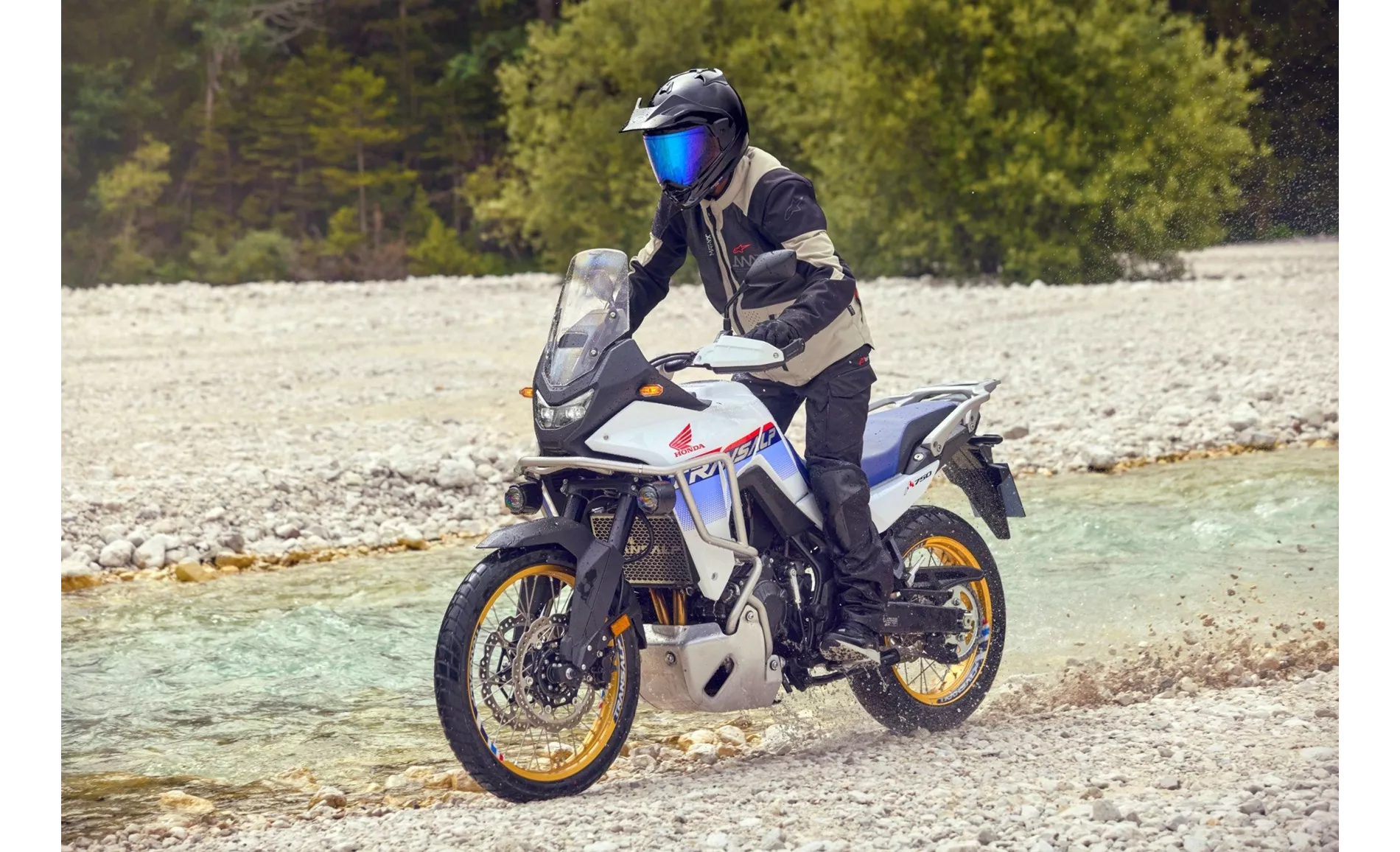
Honda XL750 Transalp 2025
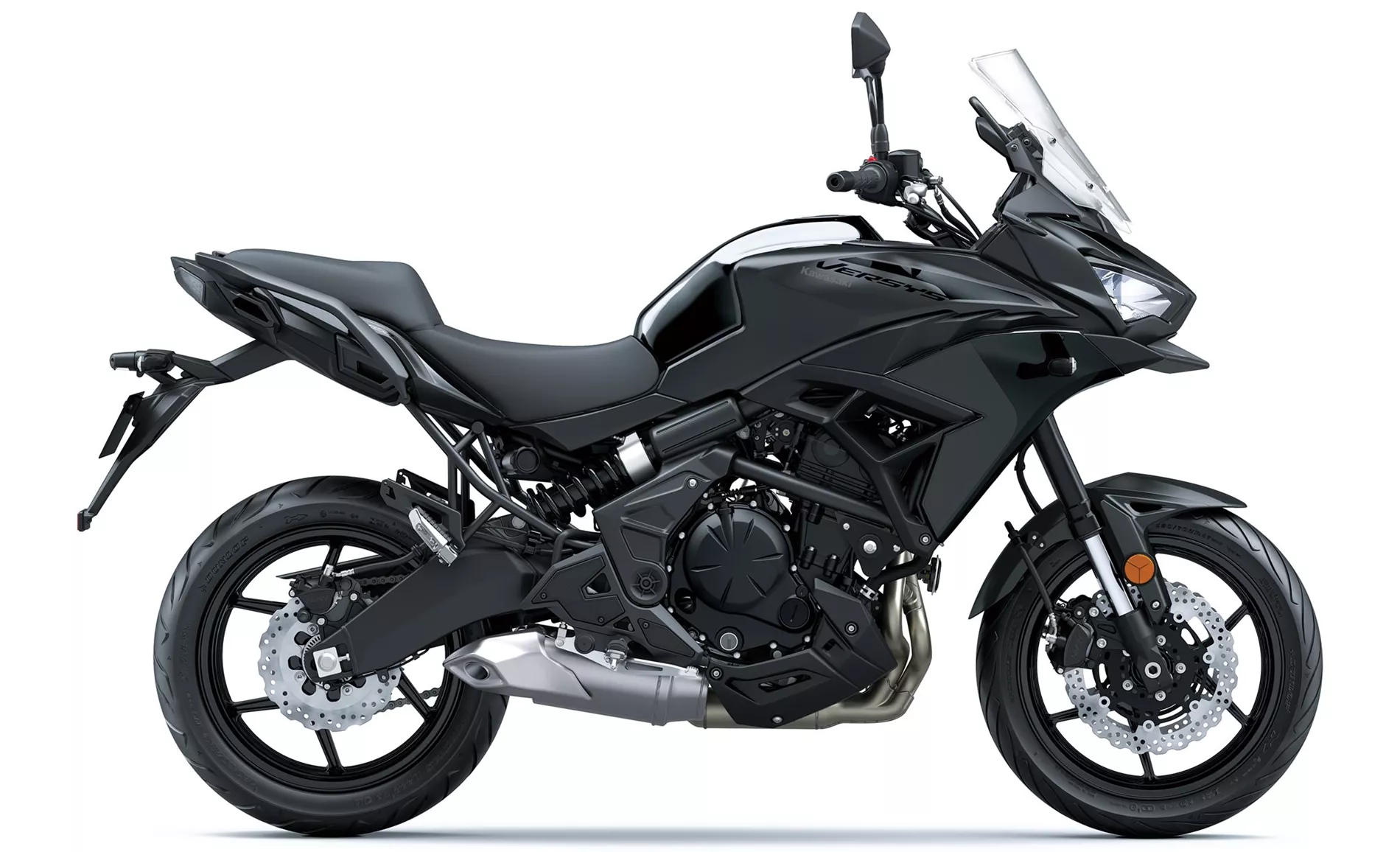
Kawasaki Versys 650 2025
Technical Specifications Honda XL750 Transalp 2025 compared to Kawasaki Versys 650 2025
Pros and Cons in comparison
Pros and Cons in comparison
Honda XL750 Transalp 2025

The essence of the Honda XL750 Transalp has not completely changed with the revision for 2025, it still manages the balancing act between different disciplines of motorcycling and shines wherever it doesn't get too extreme. Its greatest strengths are its low weight and the resulting easy handling. The engine is a really powerful unit and the engine management is well setup, but the inline-two could offer a little more punch at low revs. The suspension has now been improved, the brakes offer plenty of comfort and handle all moderate riding situations with aplomb, but merciless cornering or hard off-roads are still not entirely suited to it. However, the Transalp's task is not to win races or rallies, but to carry everyday riders and long-distance touring riders through the world with confidence. And it can do that! Only one thing hurts here: The lack of cruise control.
Read the full article on 1000PS.com
Kawasaki Versys 650 2025
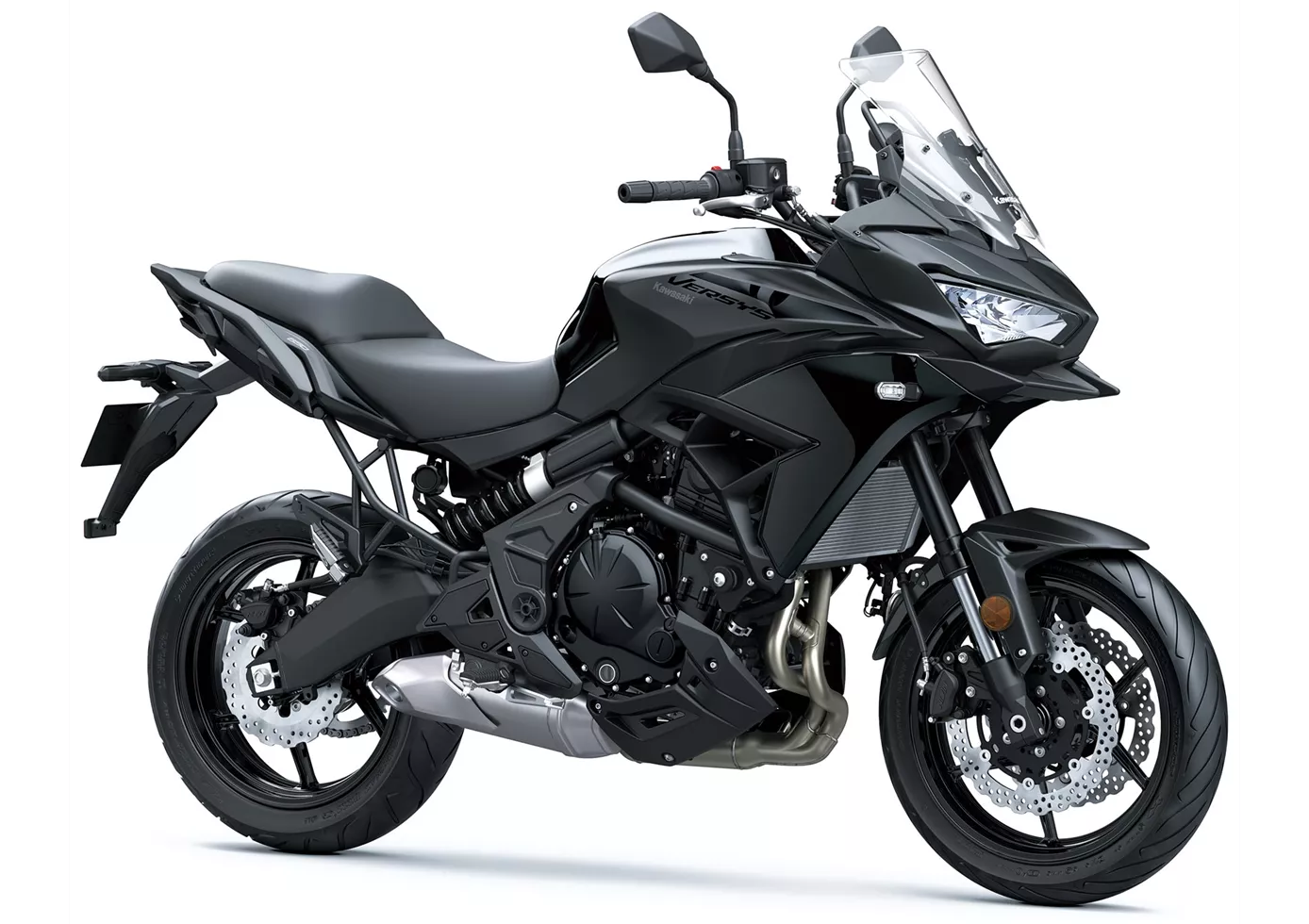
Relaxed touring with plenty of comfort and enough potential for cornering fun - the Versys 650 is and remains a good choice among mid-range sport tourers. Although you will reach the top of the pass faster on the competition, you will enjoy getting back on the Kawa every time, which welcomes the rider with a high level of comfort and extensive equipment. If you enjoy touring and can get by with a little less power, the Versys 650 is a good choice!


